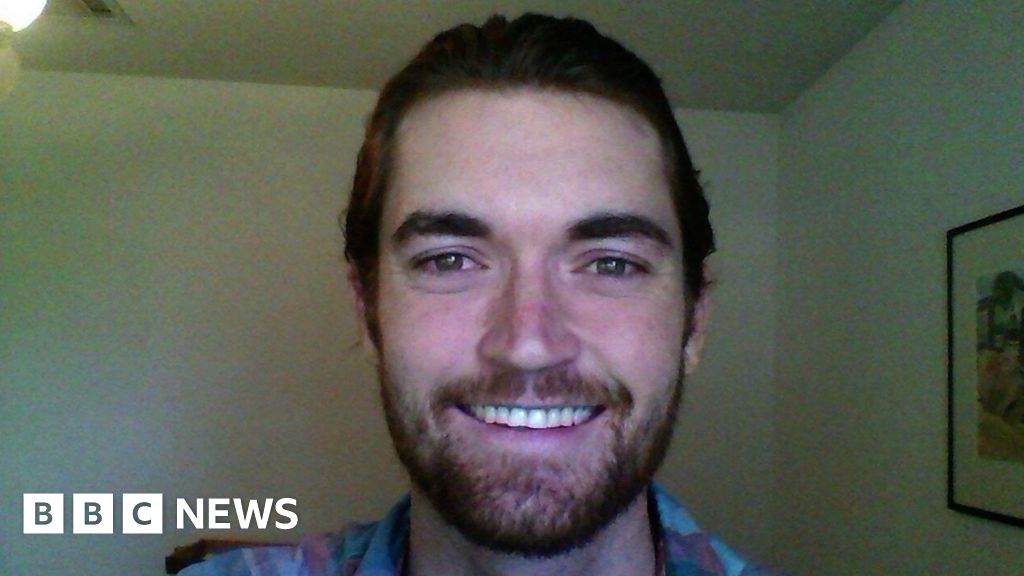Australia’s social media ban for minors: Has this worked elsewhere? | Social Media News
Australian Prime Minister Anthony Albanese announced last week that his government plans to ban minors from social media use and will conduct an age verification trial in the upcoming months as a first step.
“We know social media is causing social harm, and it is taking kids away from real friends and real experiences,” Albanese said.
Since October 2023, Australia already has a ban in place on the use of smartphones in public schools. Under this new proposed ban, social media would be off limits on all devices – and beyond the walls of just schools – for children.
Australia’s PM Anthony Albanese has announced plans to ban children from using social media, with a potential minimum age of 16. pic.twitter.com/RfSUUbvD0k
— Al Jazeera English (@AJEnglish) September 10, 2024
So why is Australia introducing this ban, have other countries tried something similar – and has it worked for them?
Albanese said parents were “worried sick” about their children’s use of social media.
“Parents want their kids off their phones and on the footy field. So do I,” the PM told the Australian Broadcasting Corporation. “We are taking this action because enough is enough.”
It is also a politically popular move.
According to a YouGov survey last month, 61 percent of Australians polled supported restricting access to social media platforms to those younger than the age of 17.
Opposition leader Peter Dutton, the head of the centre-right Liberal Party, has previously also supported a social media ban for those under 16 years old.
While the Australian government has not announced a formal age limit until which the ban will hold, Albanese has suggested it could be fixed somewhere between 14 and 16 years.
A new report into the legal approach that the government could take to regulating social media use for minors, by former chief justice of Australia’s High Court, Robert French, suggests 14 years as the bar. French was commissioned by South Australian Premier Peter Malinauskas to carry out a comprehensive review of the legal implications of such a ban.
French, in his report, has proposed a draft bill, known as the Children (Social Media Safety) Bill 2024.
But within Australia, the move has also been met with pushback from some experts.
What are experts saying about Australia’s plans?
Some experts argue that a complete social media ban is going too far, and would also block other needed social services that are helpful to minors.
The ban “may limit young people’s access to critical support”, said Julie Inman Grant, National eSafety Commissioner of Australia, in response to a parliamentary inquiry on the use of social media in Australia on June 2024.
She added: “If age-based restrictions are imposed, eSafety has concerns that some young people will access social media in secrecy. This may mean that they access social media without adequate protections in place and are more likely to use less regulated non-mainstream services that increase their likelihood of exposure to serious risks.”
Daniel Argus, director of the digital media research centre at Queensland University of Technology, described the Australian government’s decision as “reckless” and reflective of “utter disregard for evidence-based policy”, in a post on LinkedIn.
Argus argued that there were two key flaws with the planned ban. It “threatens to create serious harm by excluding young people from meaningful, healthy participation in the digital world, potentially driving them to lower quality online spaces, and removing an important means of social connection,” he warned.
At the same time, he said, the ban lets social media companies “off the hook in making necessary reforms to the quality of content on their platforms”.
The ban, Argus said, “simply places a gate at the door rather than improving what’s on the other side”.
It’s also a very leaky gate: Critics have pointed out that by using virtual private networks – popularly known by their acronym, VPNs – users can bypass the Australian ban. In effect, in a globally connected online space, any ban only makes sense if it is also enforced by the rest of the world.
Other experts point out that challenges remain in the technical implementation of the age verification system. Any verification system requires interoperability and standardisation across different service providers who may use different types of technologies. Moreover, some areas of the country may not have the infrastructure to support such advanced verification platforms.
Some experts argue that the age verification system also raises questions about data privacy.
In May, Australia passed the Digital ID Bill 2024, aimed at establishing a national digital identity verification system – a voluntary system for individuals to verify their identities online. The launch of the programme is scheduled for December 1, 2024.
“So some people, very cynically, are saying the ban around social media is just to push the government’s decision to implement a digital ID system,” said Lisa Givens, professor of information sciences and director of Social Change Enabling Impact Platform at the Royal Melbourne Institute of Technology (RMIT) University, spoke to Al Jazeera.
“Because if a ban comes in place and we say no one under the age of 16 can have access to a social media platform, that really means that every single user is going to have to prove that they are over 16.” In the process, they would have to join the digital ID system of the Australian government.
Not very well.
United States: The Children’s Online Privacy Protection Act (COPPA), passed in 1998, requires “operators of websites or online services” to seek parental consent, among other things, to access personal details of children under the age of 13.
Many companies responded by simply barring children under the age of 13 from accessing their services. But this only spawned large-scale age fraud online.
The Children’s Internet Protection Act (CIPA), passed in 2000, meanwhile placed restrictions on what schools and libraries can allow students to access online on their premises. The idea is to insulate children from obscene or pornographic content.
But critics pointed out that at best, this was a piecemeal fix since children could still access all content online outside schools and libraries. And inside educational settings, this often ended up blocking access to useful information – about the human anatomy and sex education, for instance.
European Union: The EU, in 2015, proposed a law banning children under 16 from accessing the internet, including social media, without parental consent. Both tech firms and human rights groups protested, arguing that this would restrict the rights of children to access information in a digital age.
An amended version of the law allowed countries within the bloc to opt-out or implement different versions of the legislation.
Despite the criticism, Givens described the EU’s approach as the “gold standard” among such initiatives. The restrictions focused on children, Givens said, are part of the EU’s larger initiative, known as the GDPR, which is a regulation designed to protect individual personal data and privacy by regulating how online data is stored, collected and used by organisations.
“What that legislation [GDPR] does is really puts a lot of the power back in the hands of consumers,” said Givens.
United Kingdom: The UK, when it was still a part of the EU, opted for parental consent limits only until age 13.
In May 2024, a government panel recommended that Britain raise the age for parental consent to 16.
Yet, a large study from 168 countries published in November 2023, which used data spanning 18 years, showed that there was no causal relationship between the wellbeing of young people and the use of the internet.
France: In July 2023, France enacted a law requiring social network service providers to refuse children under the age of 15 access unless they are authorised by a parent or guardian.
Social platforms that fail to comply with the ruling can fined up to 1 percent of their worldwide sales. “Does anyone send their child into the jungle at five, 10 or 12?” President Emmanuel Macron asked rhetorically, at the time. “Today, for several hours a day, we open the door to the jungle.”
But despite the EU’s leadership in imposing restrictions, the French example also showed up limitations, said Givens. She pointed out how while many companies complied with the ban, some smaller companies did not.
“And children [in France] ended up directing their interests over to these other companies that were not complying with the ban – and found themselves in much ‘darker waters’ and finding content that was actually more harmful than what was available on the mainstream platform,” said Givens.
Other regulatory steps
Other countries are attempting different strategies to try to shield children from some of the more harmful effects of social media and the internet.
China, in August 2023, published guidelines aimed at barring minors from using most internet services on mobile devices from 10pm to 6am. Children between the ages of 16 and 18 would only be able to use the internet for two hours a day; children between the ages of eight and 15 would be allowed only an hour a day; those under eight would only be allowed 40 minutes. Exceptions would be made for apps that help with the physical and mental development of minors.
In August 2023, India passed a law placing restrictions on digital companies accessing the personal data of children. Brazil introduced similar rules in April this year.
Check out our Latest News and Follow us at Facebook
Original Source







